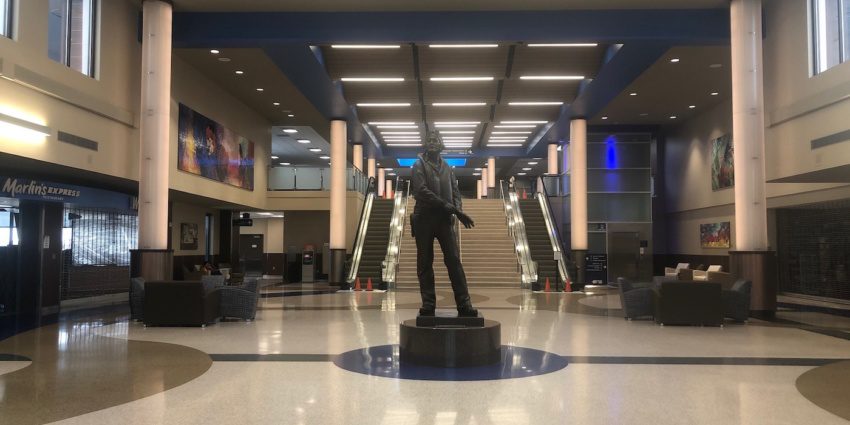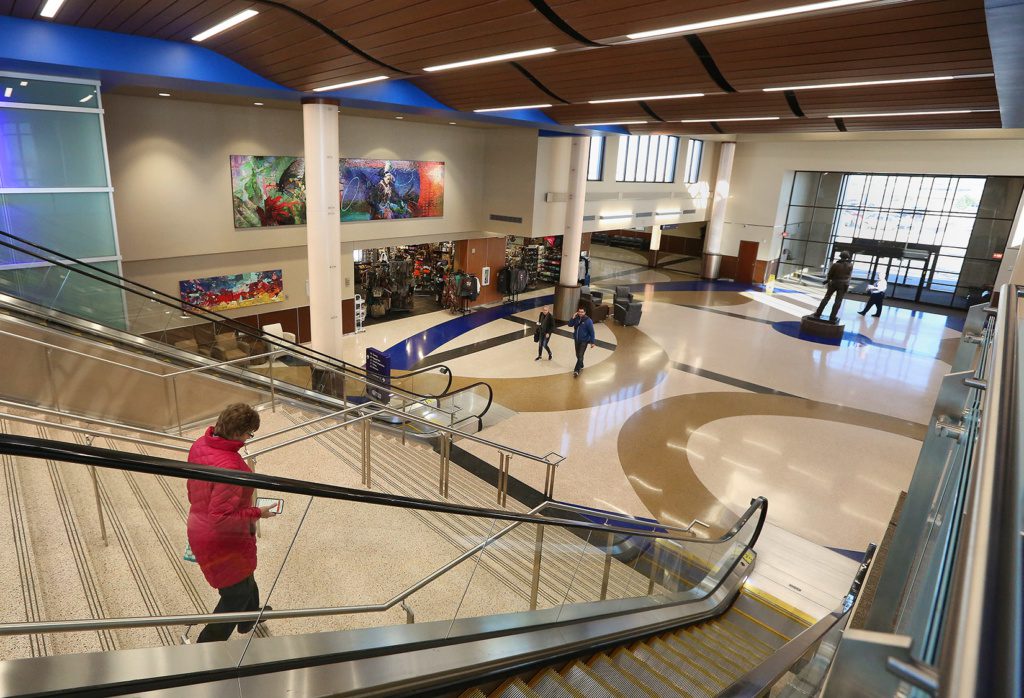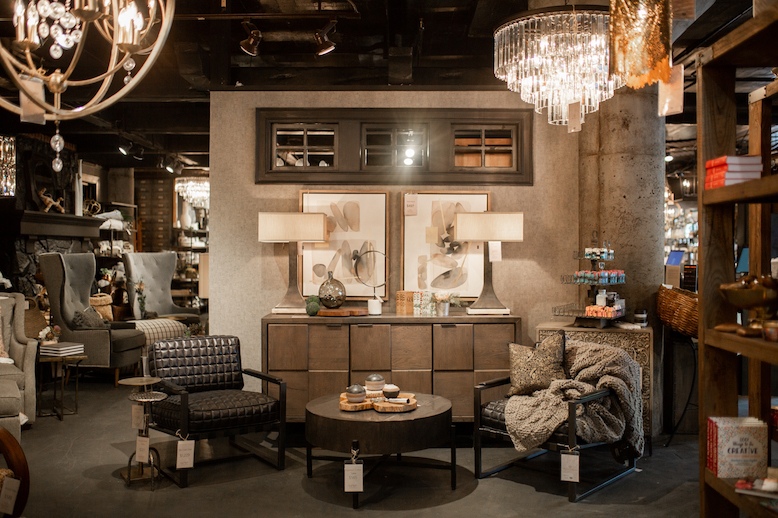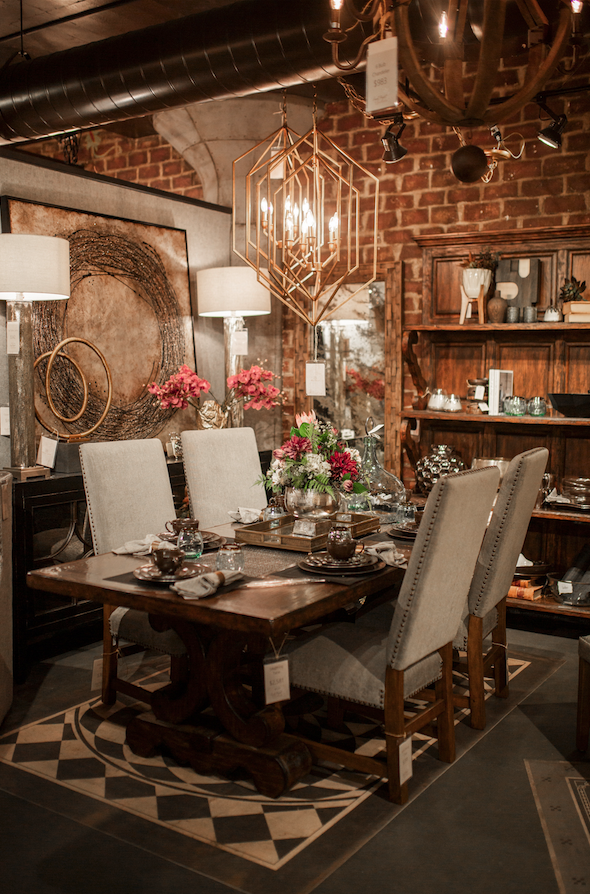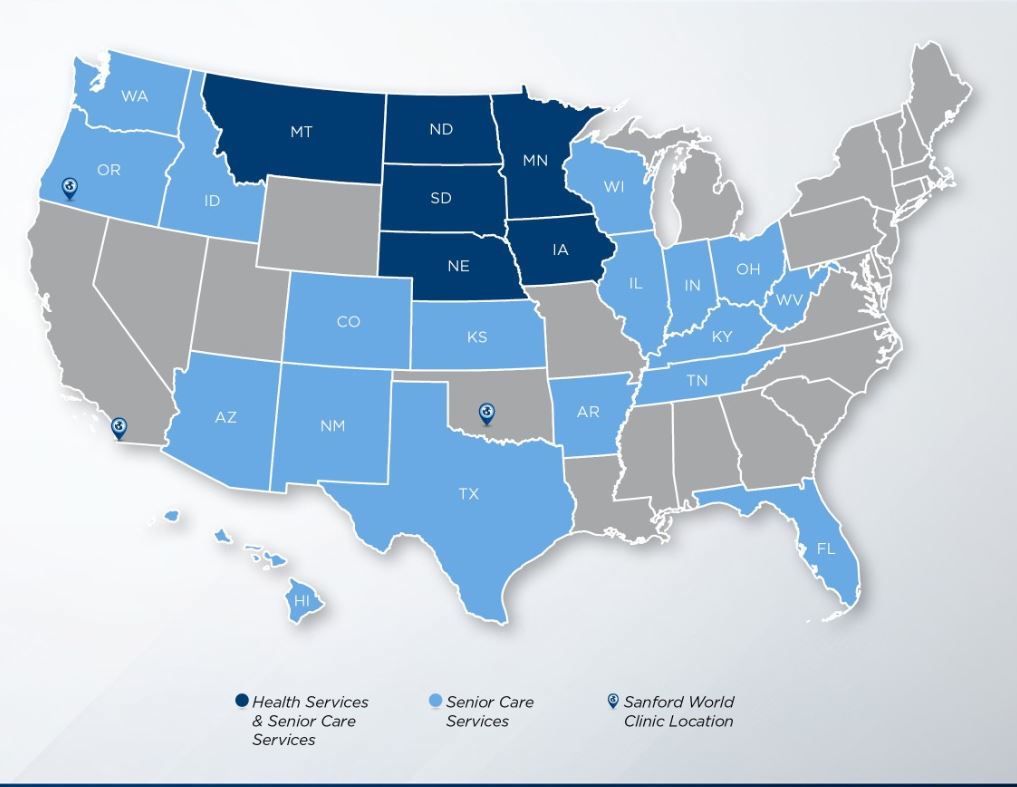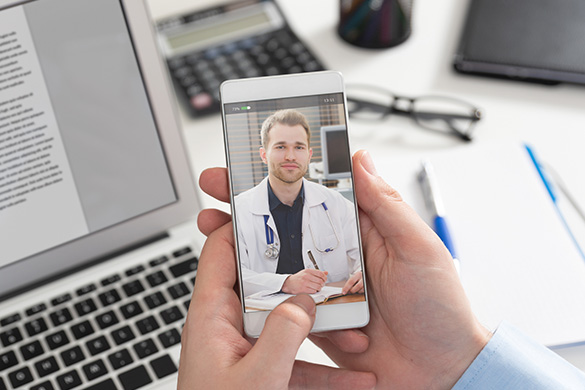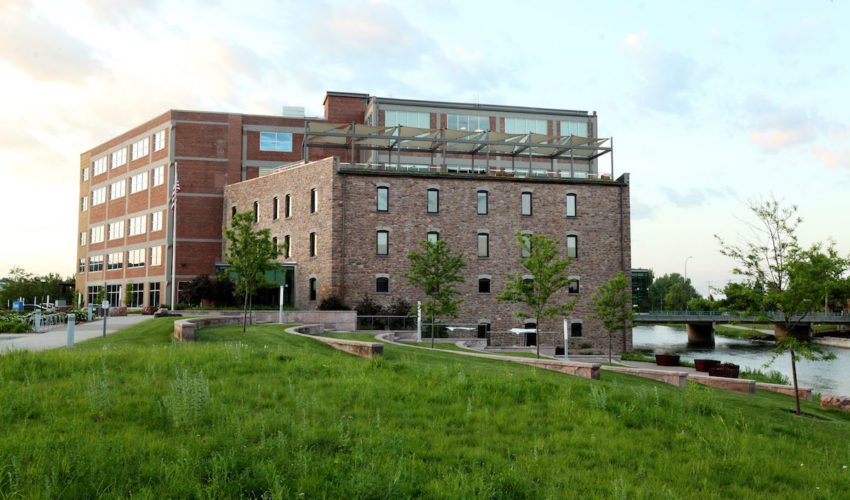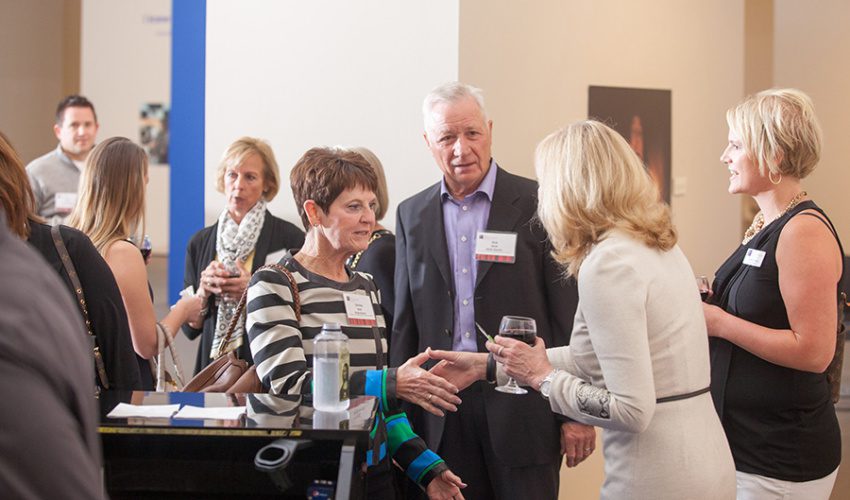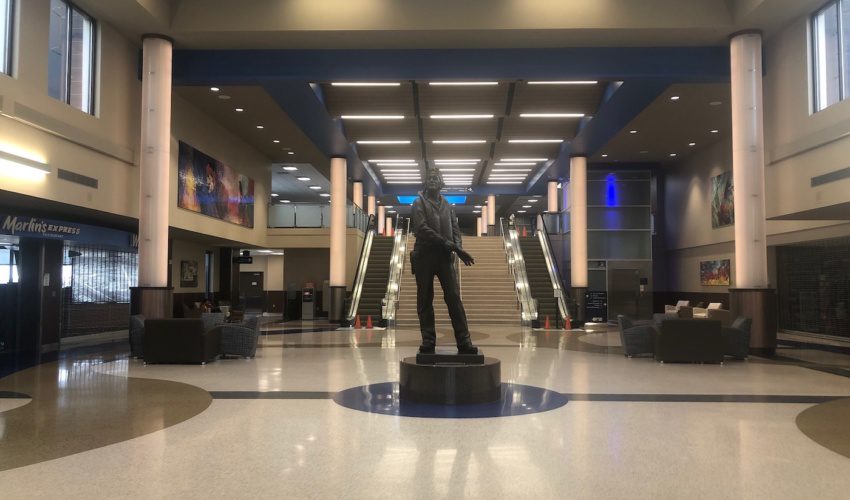Business travel during the pandemic presents no one-size-fits-all solution
Oct. 12, 2020
By Andrea Van Essen, for SiouxFalls.Business
Add travel approaches and policies to the growing list of pandemic-related challenges businesses find themselves navigating.
As COVID-19 swept the country, many businesses ceased nearly all travel. In many cases, it has been slow to return or hasn’t at all, replaced by virtual calls and conferences.
Locally, many employers have implemented policies or guidelines in regard to travel, regardless of industry or company size. This typically involves an expectation that employees notify their employer of any travel to a COVID-19 hotspot, said Cindy Krekelberg, board president of the Sioux Empire chapter of the Society for Human Resource Management, an organization made up of human resource managers from across Sioux Falls who meet regularly to network and compare strategies.
Employees often are asked to check in with their HR department before and after a trip if they plan to travel outside a certain radius, she said.
“It seems like the travel policies people implemented in March and April are still what they’re sticking to,” she said. “Some have gone a little bit farther, but I think that’s a pretty good glimpse of what most companies are doing locally.”
Airport predicts slow return for business travelers
While Sioux Falls has seen a decline in travelers on the whole during the pandemic, there has been a notable difference between the amount of leisure and business travelers.
Dan Letellier, executive director of Sioux Falls Regional Airport, said the number of travelers coming through the airport from mid-March to the end of April plummeted at a rate of about 95 percent. In a typical year, he estimates that an average of 1,700 people travel through the airport daily, with leisure travelers making up 55 percent to 60 percent. In April, there were days only 50 people used the airport.
While those numbers have been slowly increasing as people become more comfortable with travel, Letellier said only a handful are traveling for business.
“That’s what we’re seeing nationwide,” he said. “It’s unlike other big downturns like 9/11 or the recession where the first people that came back were the business travelers. This is completely different.”
Letellier concludes that leisure travelers have been cooped up and feel a need to go somewhere, whereas businesses have either had their travel budgets cut, their corporate policies altered or simply adapted with help from technology.
“Business travel has not rebounded,” he said. “It will probably come back, but it’s going to take awhile. It might be years rather than months.”
Boutique retailers depend on sourcing merchandise in person
For Penny Klinedinst, owner of Simply Perfect and Plum’s Cooking Co., travel has always been a necessary part of keeping her businesses fresh and operational.
In a typical year, Klinedinst spends an estimated 14 weeks traveling to markets across the country where she purchases inventory for her shops.
Because she makes her purchases between six months and a year in advance of when she plans to sell them, her businesses haven’t fully felt the pandemic’s effects on inventory — yet.
Klinedinst said her 2020 travel plans tanked right after the January market. It hasn’t resumed since, and so far her markets either have not reopened or rescheduled events.
“Everything just stopped, and every vendor just started picking up the pieces,” she said. “They were all trying to find a way to carry on.”
Right now, there are only a few vendors willing to host booths or sell products at a market, so it’s not worth it for the markets or buyers, she said.
For Klinedinst, halting travel essentially halted her businesses from moving forward. When it comes to purchasing inventory, she is loath to order online.
“Doing things virtually is, to me, a disservice to our customer because they rely on us to make a good judgment call. I don’t order anything that I don’t feel 100 percent confident in, and whenever it comes to furnishings, that’s a whole different animal,” she said. “You want to be able to actually see, touch and feel the items.”
Because of this, Klinedinst is anxious to get back to market and begin planning for upcoming inventory. She remains in close contact with her vendors, but many of them are international, which poses an additional challenge.
“No one wants to come to the U.S. because we’re so infected,” she said. “Very few people are traveling, and many of the vendors we actually want to see aren’t showing up here anyway. Some are, but it’s not enough for us to justify the travel.”
She emphasizes the importance of regaining public health to get retail behavior back to normal.
“We really need people to be aware of how big it (COVID-19) is across the nation,” she said. “Travel is very tricky, and we want to get everybody well.”
Health systems adapt travel policies
With their large regional footprints, both Sanford Health and Avera Health had employees traveling regularly for meetings or conferences.
“Pre-COVID we would have considered it very critical. It’s hard to replace the value of meeting face-to-face, and we felt it necessary to conduct our business the way that we did,” said Darren Walker, Sanford’s chief human resource officer. “Now, we’re learning how to do that in a different way and still make it meaningful to have meetings virtually by Zoom or WebX. We’re learning how to do it with a different approach.”
At the outset of the pandemic, Walker said Sanford restricted travel until it had learned more about the virus. Though the health system never instituted an official ban, it was highly recommended that travel not occur unless there was a significant need. Given the broad geography involved, that created some challenges.
“For those first couple months, people hunkered down, utilized technology, learned more and appreciated more,” he said. “We took the social responsibility not to travel.”
Today, travel is still minimal at Sanford, and when necessary, it’s typically done by car.
“Given the current state and foreseeable future, it has changed how we’re going to travel,” Walker said. “Where travel is needed for certain in-person meetings, we evaluate that and take precautions. We’re keeping groups reasonably small, making sure there is appropriate space for social distancing and maintaining those safety precautions.”
Dr. David Erickson is the chief medical officer for Avera, and he also highlighted the health system’s adaptability when it came to eliminating travel.
Erickson said the new normal for Avera employees involves a heavy virtual presence, including employees working from home, staggering shifts or time in the office and using audio and video tools instead of face-to-face meetings.
“Safe travel is certainly important for us, and we use the CDC guidelines as our source of truth,” he said. “We were monitoring that from the very beginning, and as far as any of the business travel and going to conferences, we did stop that. Where the question comes up for us pretty regularly is personal travel and asking our employees to be careful and safe when they travel.”
Like Sanford, Avera did not institute a travel ban, but highly discouraged personal travel and asked employees to follow CDC guidelines and report any travel to a hotspot.
Initially, the concern was with employees traveling from the Midwest to areas that would have been considered COVID-19 hotspots, he said. Now, with cases growing locally and regionally, those precautions hit closer to home.
“The challenge could be driving around Minnehaha County, or it could be driving to a major U.S. city or traveling internationally, but it’s important to remind everyone of the importance of hand-washing, social distancing, using a mask, taking adequate supplies as far as wipes and hand sanitizer, and just being careful and smart,” he said. “If you travel with safety in mind, I think you can do it quite well.”
Balancing in-person, virtual meetings
For Experity, travel was a major element of business before COVID-19, in part because of its recent merger with DocuTap.
The company was still working to build relationships and teams as a result of the merger, said Jennifer Wood, Experity’s chief people officer. That involved regular air travel between Rockford, Ill., and Sioux Falls, as well as the company’s Atlanta location. Additionally, the company incurred a significant amount of travel to client and prospective client locations across the United States.
When COVID-19 hit, the company put out guidance that travel should be only for critical business reasons and required approval from an executive leadership team member. That essentially halted all travel for a few months, and it is just beginning to pick up slowly.
“The last six months have proven that a lot can be accomplished with a lot less travel than we had been doing,” Wood said. “That said, face time with our counterparts at other locations is important for healthy team relationships, and we are starting to see some travel between locations to allow for this. There are also times when it’s important to spend time in person with clients or prospective clients since it’s truly a partnership between them and Experity.”
While the company pivoted quickly and efficiently, the situation is still fluid, Wood said.
“COVID has changed how business travel in general will be handled,” she said. “We will eventually find the right balance between virtual and in-person time, and it will be skewed further along the virtual spectrum.”
What does the shift in business travel mean for Sioux Falls?
The effect of travel on a city’s economy is often thought of in terms of tourism and leisure travel, but Teri Schmidt, executive director of Experience Sioux Falls, highlights the importance of corporate travel for Sioux Falls.
“Businesses are finding that they went all these weeks doing meetings by Zoom or on the telephone, and some have figured out that they can do business without travel. They’re saying, ‘Let’s wait and see what this COVID situation is going to do,’ and that hurts the hospitality industry,” Schmidt said. “It’s not just the hotels — it’s the restaurants, it’s the airlines, it’s retail — it has a trickle-down effect.”
According to Schmidt, travel in Sioux Falls has been running at 40 percent to 45 percent less than the average year. She said the summer brought a slight uptick in numbers thanks to leisure travelers on shorter weekend getaways, but the corporate travelers are still lagging.
“With so many conventions and meetings still cancelled into the fall and winter seasons, we’re pounding the pavement for groups that are willing to come into a safer environment,” she said.
Schmidt emphasizes her organization’s safety-first approach and its efforts to attract corporate events and travelers to the area.
“As most people know now, South Dakota is open,” she said. “We’re communicating that you can meet in Sioux Falls and be safe, and if you choose to come, here’s what we’re doing to keep you safe. We are doing absolutely everything we can to keep Sioux Falls’ name in the marketplace at a time when it’s an extremely difficult decision for event planners to manage.”

